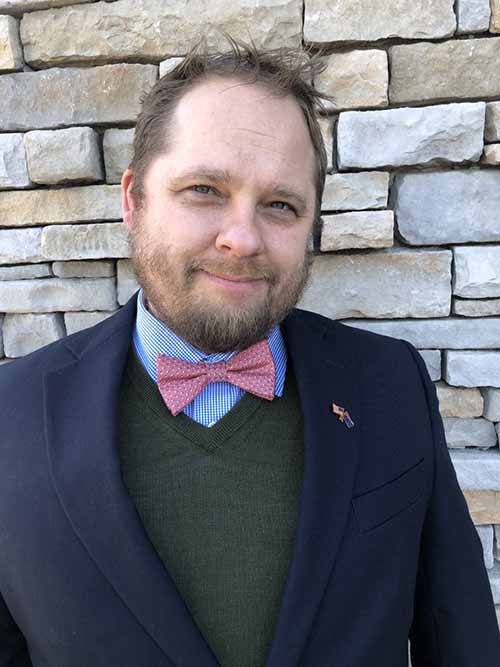Roger Cohen, Special to Valley News
Jews worldwide will be wishing each other, “Shana Tova,” a happy and healthy New Year with the stress on remaining healthy during the coronavirus pandemic. The Jewish New Year, known as Rosh Hashanah, which means “head of the year,” is observed for two days. Rosh Hashanah begins at sundown Friday, Sept. 18, an ends at sundown Sunday, Sept. 20.
In Judaism, people believe that it is the year 5781, and it has been 5781 years since the creation of the world. Maybe you have seen a picture or hears someone sound a shofar by blowing it? I still have the first shofar that I bought in Israel 40 years ago. When I bought it, I had images in my head of blowing my shofar so loud that I could bring down Jericho’s walls like Joshua.
Rosh Hashanah is known as a time of “loud blasts” and a day of remembrance. Leviticus 23:24 said, “Say to the Israelites, ‘On the first day of the seventh month, you are to have a day of Sabbath rest, a sacred assembly commemorated with trumpet blasts.’”
As the Torah said, Jews should sound the shofar and observe a Sabbath rest. Historically, Rosh Hashanah was likely established in the sixth century B.C.E., and shows up in the Mishna, a Jewish code of law, after 200 C.E.
Repentance
Rosh Hashanah is the beginning of the Ten Days of Awe – a time for solemn self-examination and meditation with repentance. It is a period of communal self-examination as well. Rosh Hashanah is the judgment day of humankind. According to the Jewish Talmud, the righteous are granted another year of life, the wicked are slated for destruction and the ordinary people are given until Yom Kippur to mend their ways and merit another year in Talmud Rosh Hashanah 16b.
Repentance and changing a person’s behavior is fundamental to Judaism. As a symbolism of repentance and casting away one’s sins, Jews perform a ceremony of Tashlich, which means “cast off.” This ceremony emerged after the Talmudic period, roughly 70 C.E. to 500 C.E., as a way to visualize the lesson of the concept of “forgiveness of sins.” This ceremony usually takes place near a stream of flowing water. Different Jewish communities have embraced various ways of performing the Tashlich ceremony, but the intent is to cast away your sins into the living water.
During Tashlich, we recite Micah 7:18-19. The scripture said, “Who is a God like you? Forgiving iniquity and remitting transgression; who has not maintained his wrath forever against the remnant of his own people, because he loves graciousness. He will take us back in love; he will cover up our iniquities, you will hurl all our sins into the depths of the sea.”
After Rosh Hashanah, there is a period called the Ten Days of Repentance, which is the 10-day period beginning on Rosh Hashanah and ending on Yom Kippur. This period, the sages said, is when the prophet proclaimed in Isaiah 55:6, “Seek God when he is to be found; call on him when he is near.”
Psalm 130, Avinu Malkeinu and other special inserts and additions are included in the daily prayers during these days. Jews seek a better relationship with God and with the people in their community.
During Rosh Hashanah, they take the time to cast away their sins and seek a spiritual renewal for the next year. It is a time to reflect upon their relationship with God.
If you are not in the place you want to be – make a change. I urge all people to seek a period of introspection, reflection and shedding of their sins and focus on living a better life.
Roger Cohen is a military veteran and a university lecturer in Southern California, specializing in ethics, religious studies and political science. Follow him at http://www.facebook.com/ProfessorRoger.
Congregation B’nai Chaim offers services to Jewish and interfaith families and is located at 29500 Via Princesa in Murrieta. For more information, visit http://www.bnaichaim.com.








